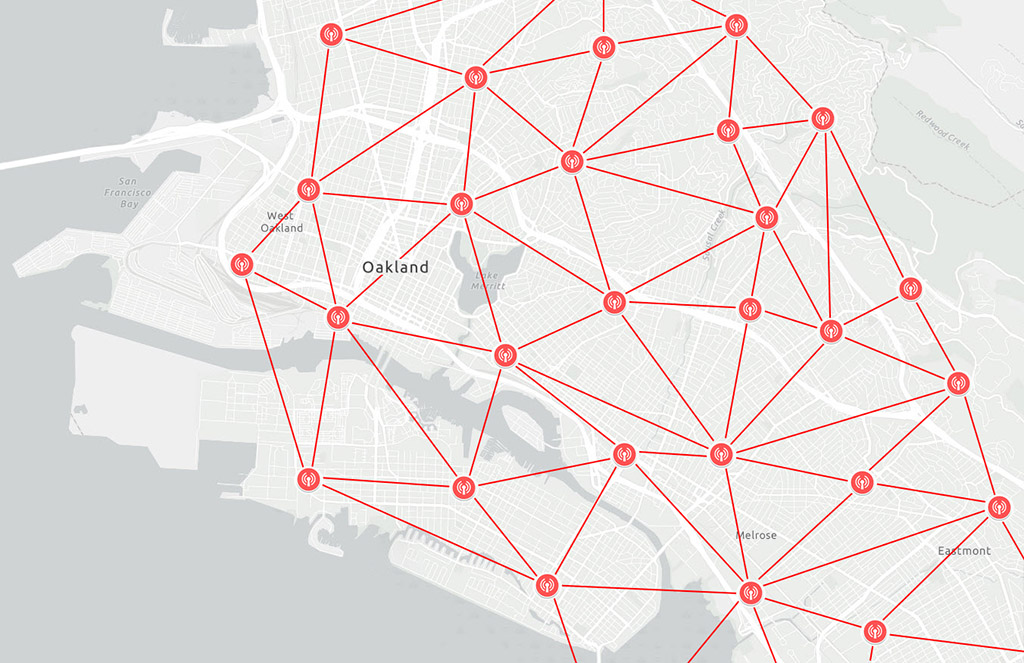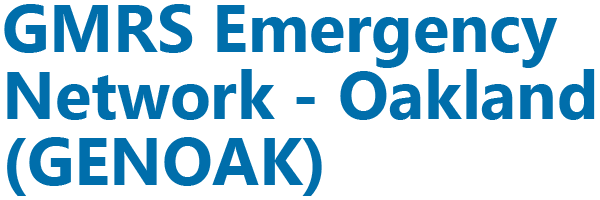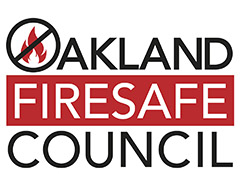Use and Benefits
Examples of how GENOAK can be used to benefit individuals, neighborhood groups, CERT Teams, apartment residents, organizations and community hubs in and around Oakland include:
Before an Emergency (Preparation)
- Regular monthly repeater check-ins can promote radio familiarity and build good communications skills.
- Check-ins and ad-hoc communications can build a sense of connection between diverse communities throughout Oakland and surrounding cities.
- Contacts made can foster discussions and collaboration on emergency preparedness and response best practices, for example organizing a community, creating an Incident Command Center, building out disaster supplies and improving radio communications.
- Individuals or groups can help coordinate preparedness events such as an emergency exercise.
During an Emergency (Response)
- 2-way radio traffic can be monitored to better understand how a local disaster is unfolding and what is occurring where.
- Adjacent or nearby communities can warn of an immediate threat such as an approaching wildfire or flood, if local evacuation routes are blocked, etc.
- Genasys Protect (Zonehaven) zone announcements (e.g. to evacuate or shelter-in-place) may be relayed over 2-way radio.
- Priority (critical) messages may be able to be passed from individuals, CERT Teams or community groups to Oakland’s Emergency Operations Center (see below).
After an Emergency (Recovery)
- Radio traffic can be monitored to better understand how the disaster has impacted the area.
- Requests can be made to other CERT Teams or communities for information, assistance, resources or equipment.
- Volunteers can be mobilized and coordinated to work on damage assessment, search and rescue, sheltering, cleanup and other disaster recovery tasks.
- Families can check-in with each other to help reunite.
During and after an emergency or major disaster, landline phone and/or cellular service may be overloaded or not operating due to damaged infrastructure. If this is the case, 2-way radio communications may be the best way to effectively get messages to and from individuals, CERT Teams and community groups.

Use with the Amateur (Ham) RACES Network
The primary civilian emergency radio network is the Amateur (Ham) Radio Amateur Civil Emergency Service (RACES). This is an official (FEMA/FCC) service that may be activated by the City during an emergency. The Oakland Radio Communication Association (ORCA) RACES team is tasked with communicating priority emergency traffic with Oakland’s Office of Emergency Services’ (OES) Emergency Operations Center (EOC), which may help coordinate response efforts by the fire and police departments and other responders (see note below.)
GENOAK complements the RACES network by providing a way for individuals, CERT Teams and community groups to connect and assist each other without impacting official emergency radio communications.
The following diagram shows how communities such as neighborhood groups, CERT Teams, apartment residents and organizations can use FRS radios to communicate among its individuals. It also depicts how the Amateur (Ham) RACES network connects to Oakland’s OES/EOC to potentially transmit priority emergency traffic via the ORCA repeater. Finally, it shows how GENOAK can connect individuals, CERT Teams and community groups with each other and with the Amateur/RACES network via Net Liaison Operator relays.
Note that to pass priority/critical messages to the EOC requires Amateur/RACES and/or GENOAK radio operators be stationed in the EOC radio room. During/after a disaster there is no guarantee that these radio operators can make it to the EOC. And if messages are passed to the EOC via the RACES or GENOAK networks, there is no guarantee that OES or emergency responders will be able to address them in a timely manner.


